When I started this little hobby, I started where most homebrewers begin, with extract brewing.
After brewing 4 extract batches, I was ready to make the leap to all grain brewing, and I haven’t looked back. I’ve been able to produce some great tasting beers, and I’d like to think I’ve got pretty good at this homebrewing thing.
I’ll be honest, there are times where I miss the simplicity of extract brewing. The ability to skip the mashing process, and being able to get through a brew day in half the amount of time that it normally takes is appealing.
On a recent Sunday in early November, I had a desire to whip up a quick batch and use some ingredients I had laying around. As luck would have it, I had a bulk of dry malt extract that I accumulated, and decided to try my hand at extract brewing once again.
Could I brew a decent beer using extract, that would rival my all grain batches? I decided to give it a shot, and went back to basics with extract brewing.
Extract Brewing
What exactly is extract brewing when compared to all-grain brewing?
With all-grain brewing, you have to convert the starches in your grain to sugars by mashing those grains in warm water. The result is something called sweet wort, which will then be boiled with hops.
With extract brewing, the malt house has done the hard work for you, and has already converted those starches into a fermentable form. The result is a liquid or dry malt extract that can be mixed with water and boiled.
Sierra Nevada Pale Ale Clone
The recipe I went with was the Sierra Nevada Pale Ale clone, straight from the source. Although I did tweak it slightly given the ingredients I had on hand, and given this was going to be an extract brew.
My brew day started at 2:15 in the afternoon. Well technically it started the previous night, since I got my water together and milled the minimal grains I would be steeping.
Given I was using my SS Brewtech 1V System, I figured this should go pretty quickly compared to my old extract batches.
Less than 15 minutes into the heating cycle, my water was at my steeping temp of 155 degrees Fahrenheit.
A quick 25 min steep of the Carmel/Crystal malt(s), and I was ready for the boil.
As a side note, I went with Carmel 120L instead of the Carmel 60L the receipt called for, since I had a bunch of that I wanted to use up. I cut that amount down to just about half of what the recipe called for. Also threw in some remnant Carmel/Crystal 10 that I had laying around for good measure.
I opted to go with a very quick 20 min. boil, mainly because I was in a hurry to get through this batch. As a side, I didn’t want to overly darken the malt extract with a long boil.
Hop additions were added per the recipe, which would get me to just over 35 IBU’s. This is just under the 38 IBU’s in the recipe.
At the conclusion of the 20 min. boil, I quickly chilled the batch with my immersion chiller, and transferred the wort to my sanitized fermenter.
I placed the fermenter in my fermentation chamber, which is now back on-line, to cool things down to the low-60’s before pitching my yeast.
By 4:15 I had everything cleaned up and put away. A total of 2 hours for this brew day. I kind of liked that.
The question is, how’s that beer going to taste?
Extract Brewing Taste
I let the beer ferment for 4 days at 66 degrees Fahrenheit, before slowly ramping up the temperature to 70 degrees. Total time in the fermenter was a quick 9 days.
A 24 hour cold crash, followed by a jolt of gelatin, and I was ready to pressure transfer into my waiting 2.5 gallon Torpedo Keg.
A solid blast of gas for 24 hours, before slowing things down to serving pressure, and 5 days later we were ready for our tasting.
Appearance
A Pale amber color, not quite clear with just a bit of haze. Very foamy head which I’m guessing is attributed to the malt extract. Nice lacing.
Aroma
Strong hoppy aroma, with notes of citrus. Nothing seems out of place. If I didn’t know any better, I never would have thought this was an extract beer.
Taste
The hops shine through as expected, maybe just a bit too much. I’ll chalk that up to the 3 ounces of hops in a 3.5 gallon batch.
Malt taste is present in the background, and plays a supporting role for the hops. There’s a touch of sweetness, and maybe some raisin I’m picking up from the Carmel 120.
Overall, a very drinkable beer.
I really wish I had a Sierra Nevada Pale Ale to compare this against.
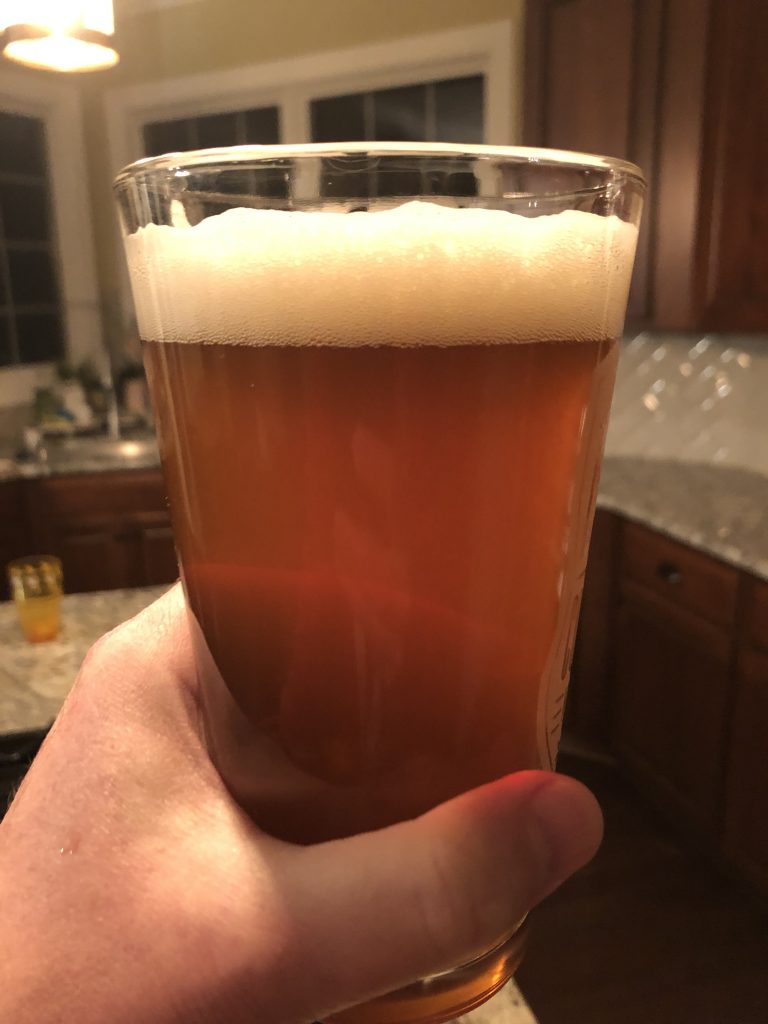
Extract Brewing Observations
Was my extract brewing up to par with my all-grain batches? It was close, but I still prefer my all-grain batches.
While I stand by my taste observations, this was a drinkable beer, there was something a little off.
Perhaps it was that dreaded extract twang, or some other off flavor I was picking up. Can’t really put my finger on it, but it’s something I don’t get from my all-grain batches.
I will say this flavor was very pronounced when I first tapped the keg. 5 day’s later, as I write this review, it has definitely mellowed. I’m interested to see what the taste will be like in another week.
Am I giving up my all-grain brewing and going back to extract brewing? Nope! I love the control I have with all-grain brewing. If I’m looking to save time with my all-grain process, there’s some other corners I can cut.
So back to my original question.
Could I brew a decent beer using extract, that would rival my all grain batches?
I think the answer is yes. With a caveat. You can absolutely brew a decent drinkable beer. Does it rival my all-grain batches? That would require some additional side-by-side comparisons, which I may have to try at some point.
For now, I’m sticking with my all-grain brewing.
Cheers…
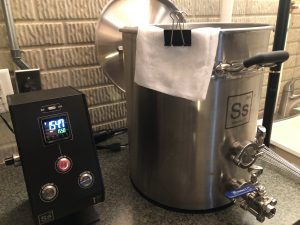
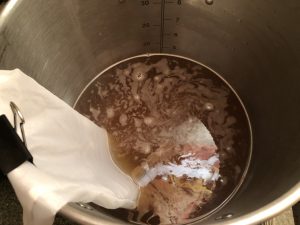
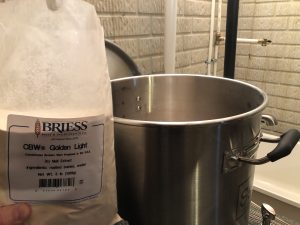
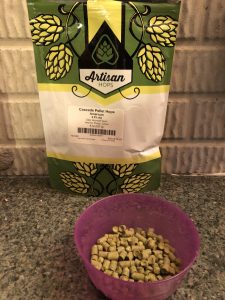
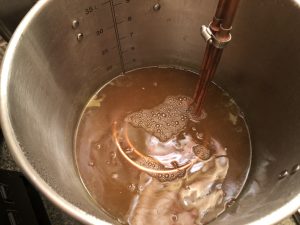
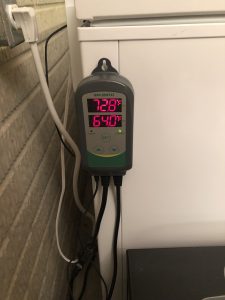
Leave a Reply